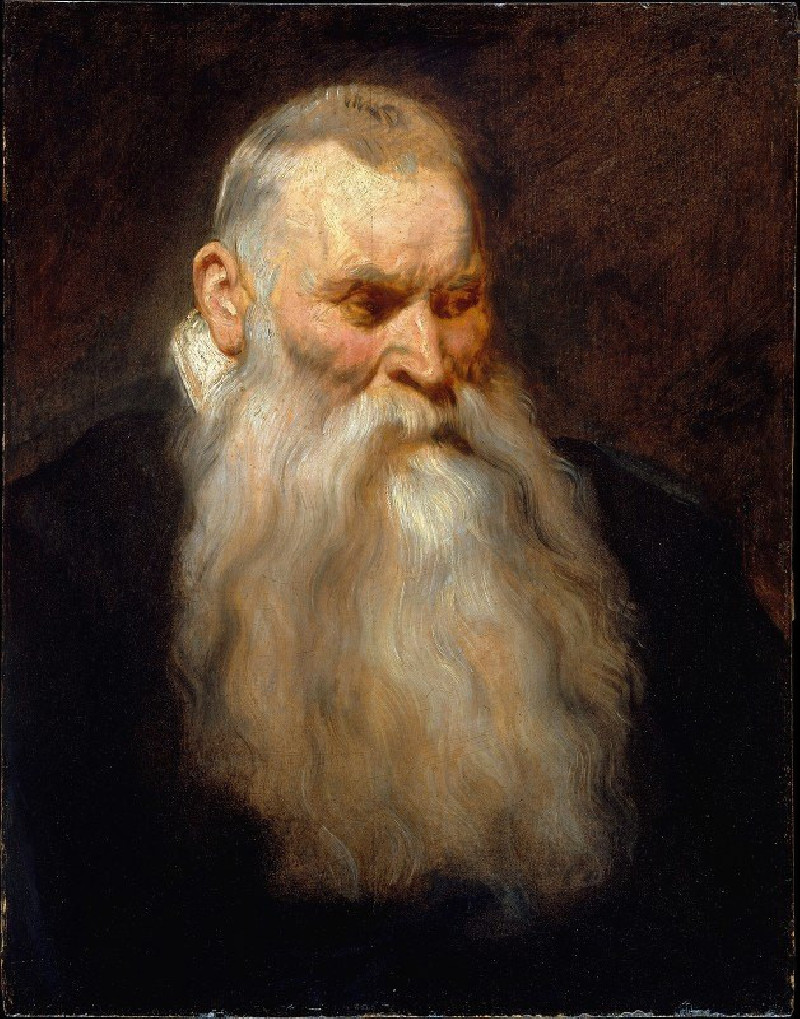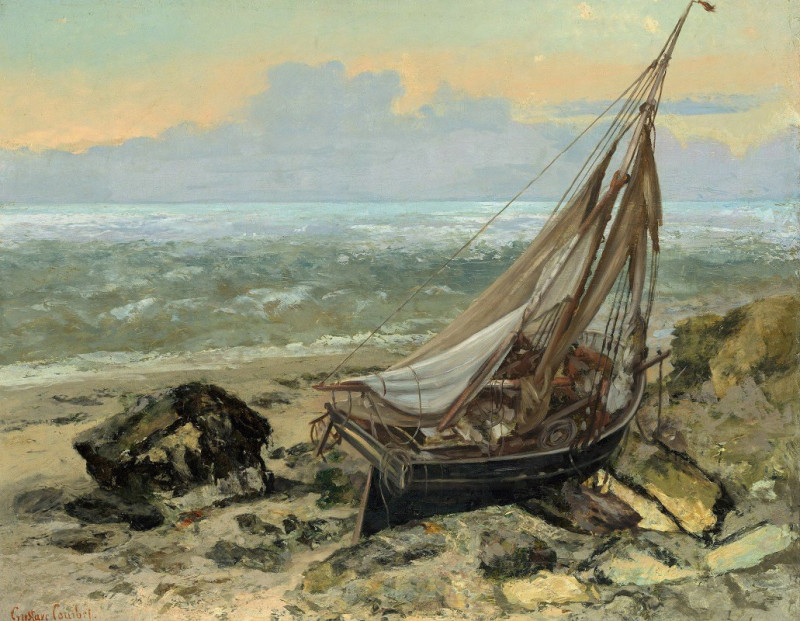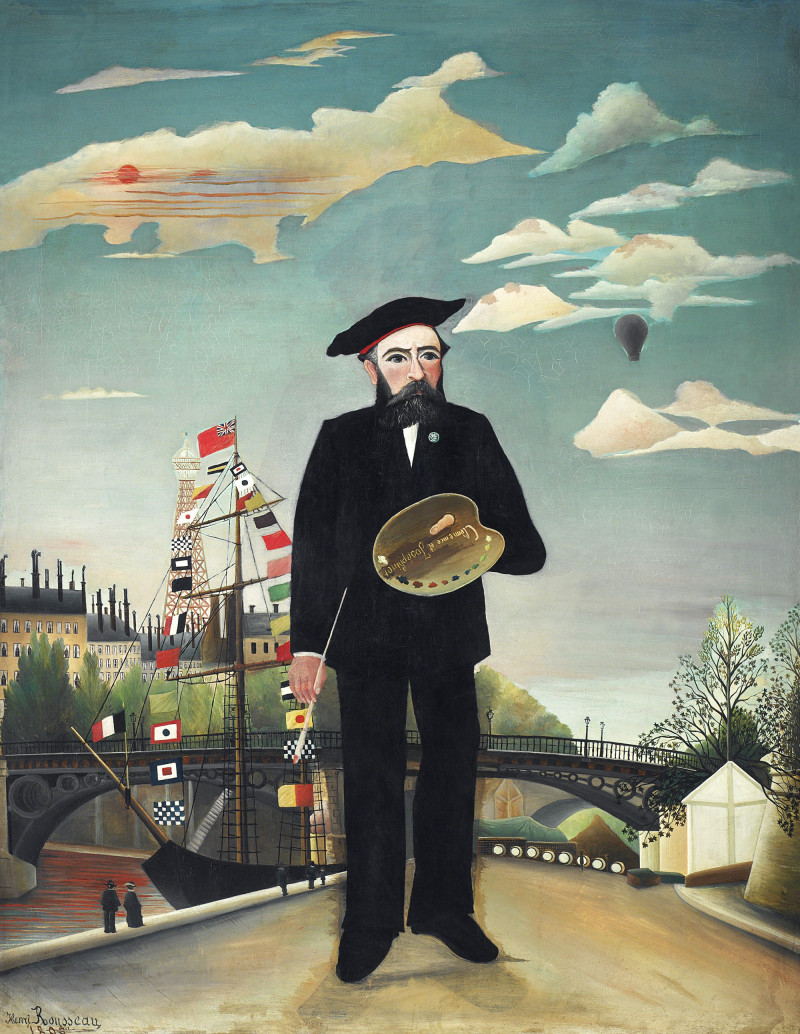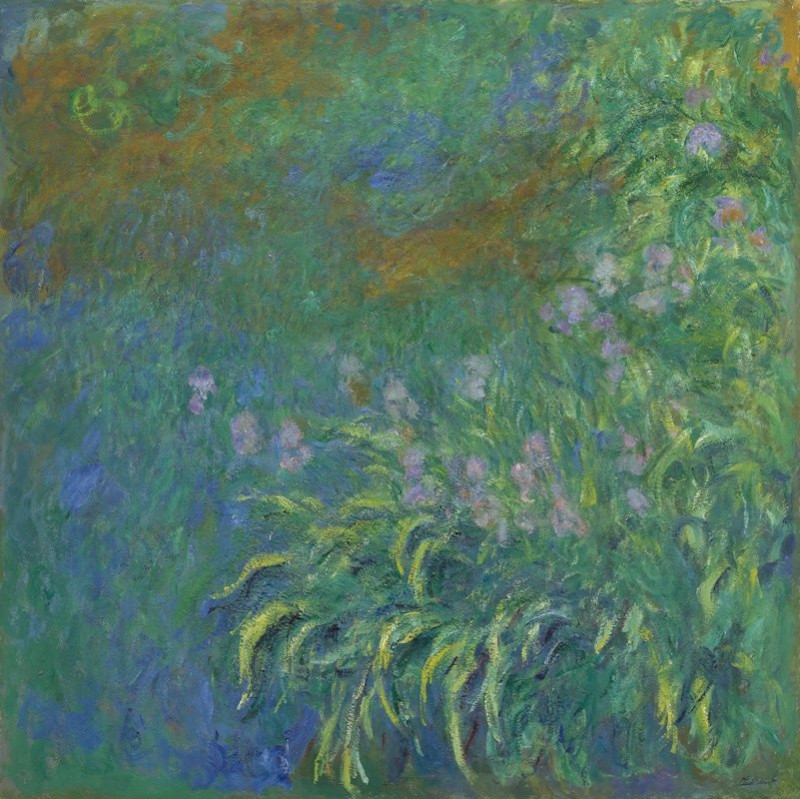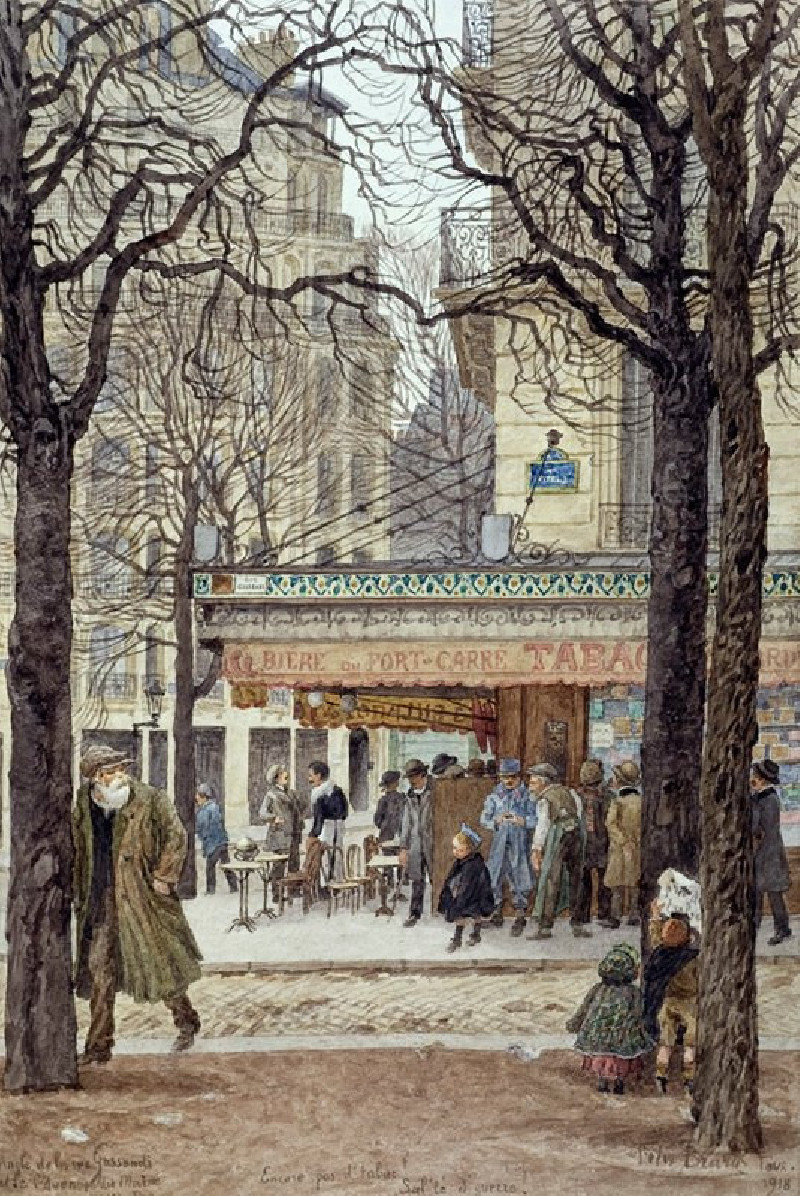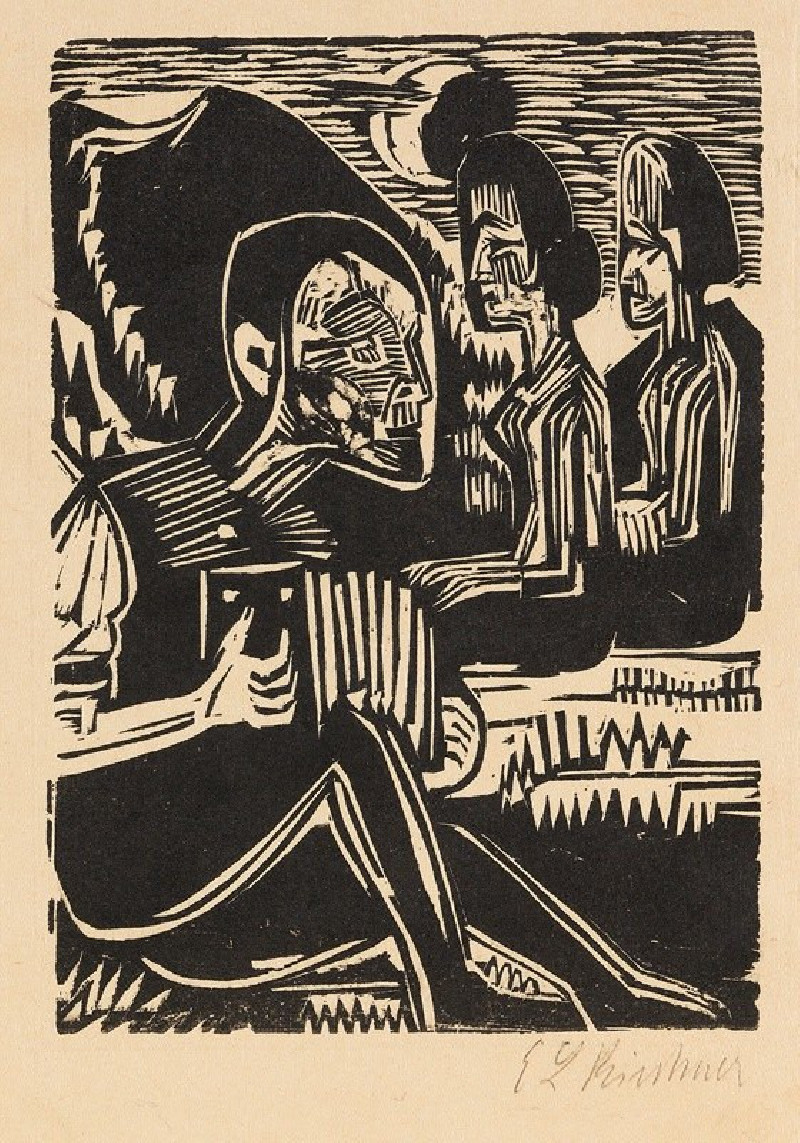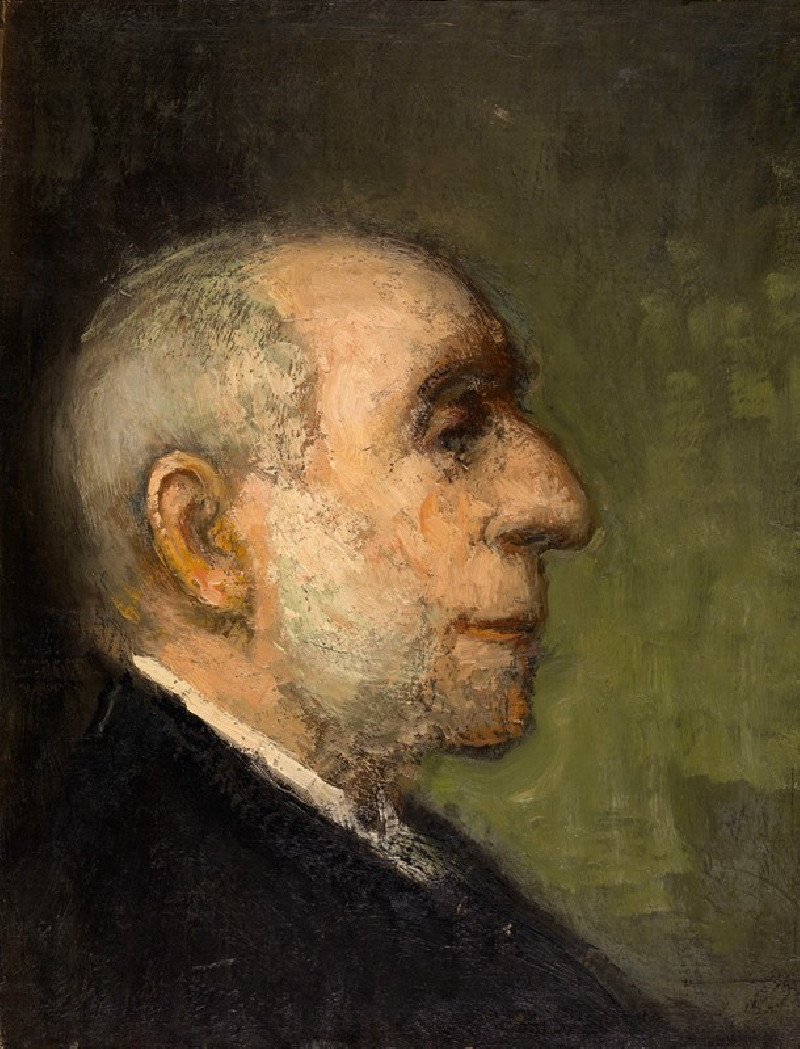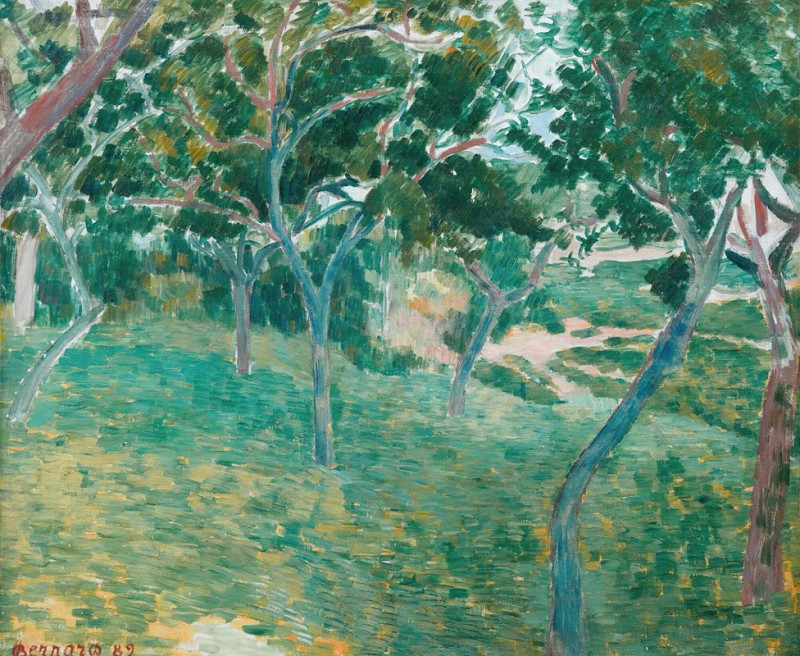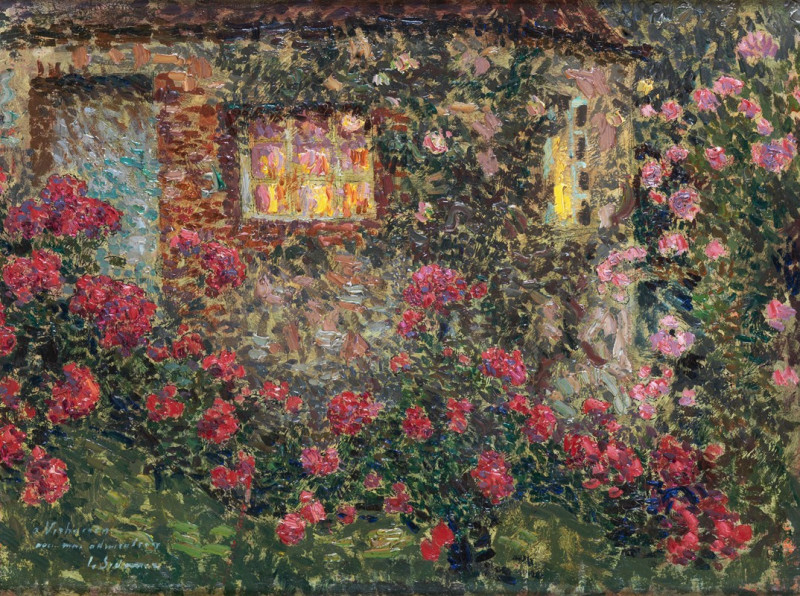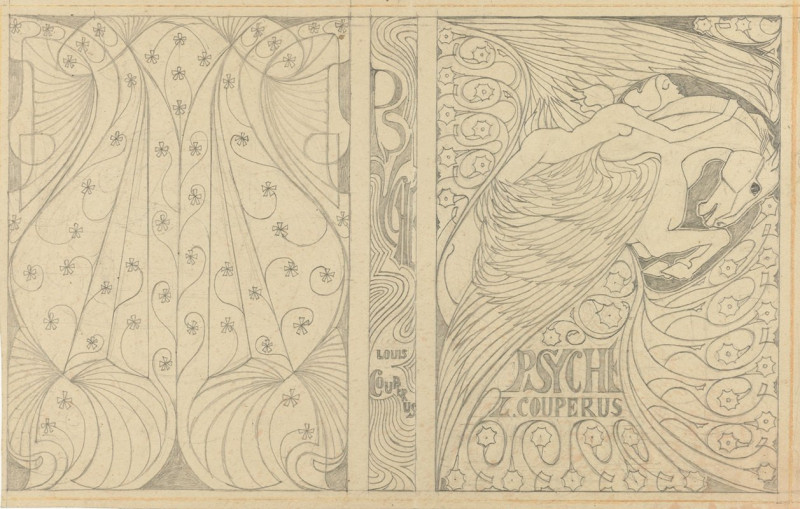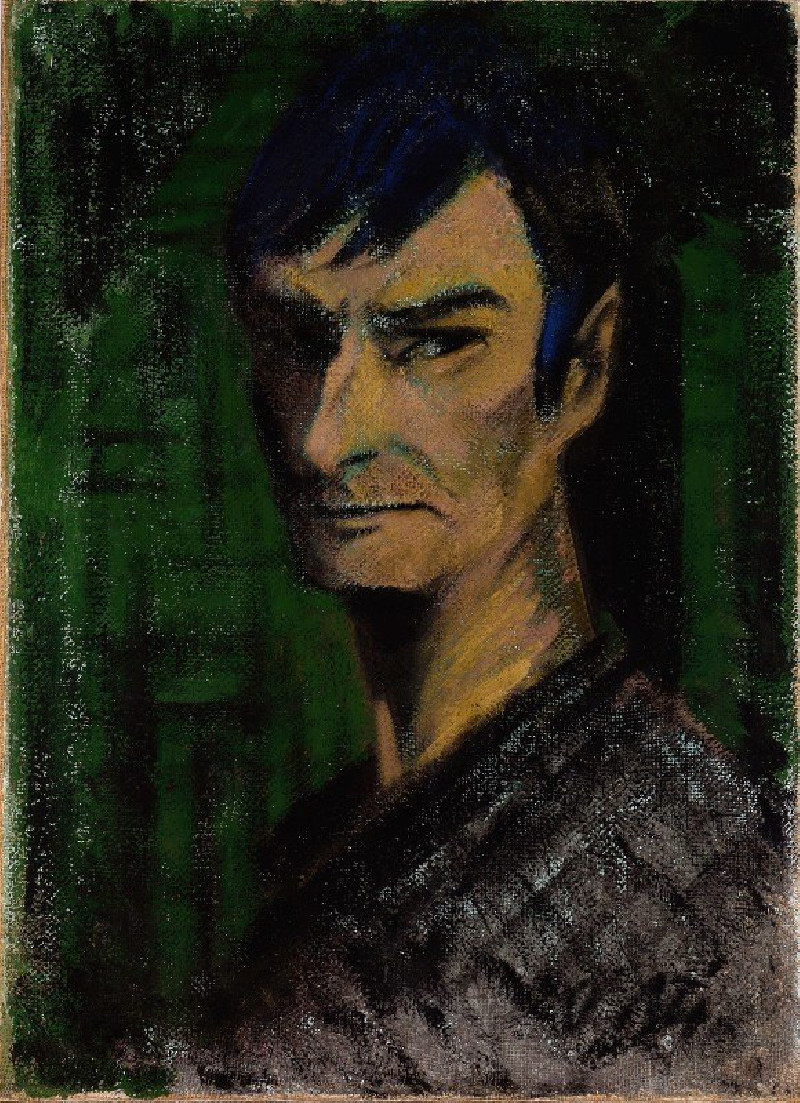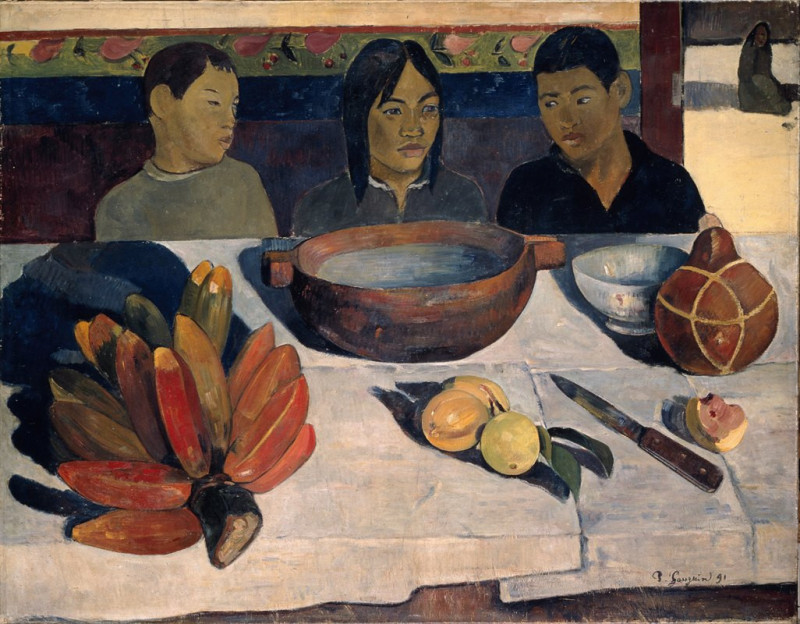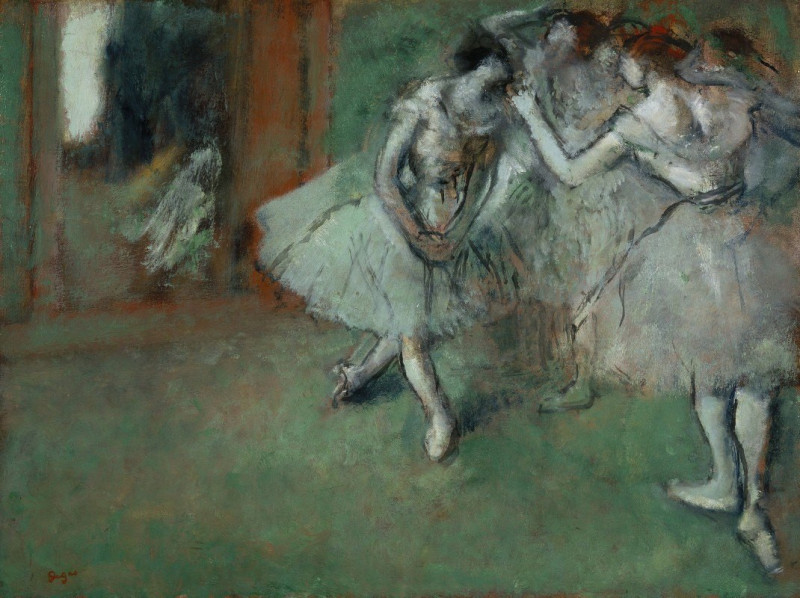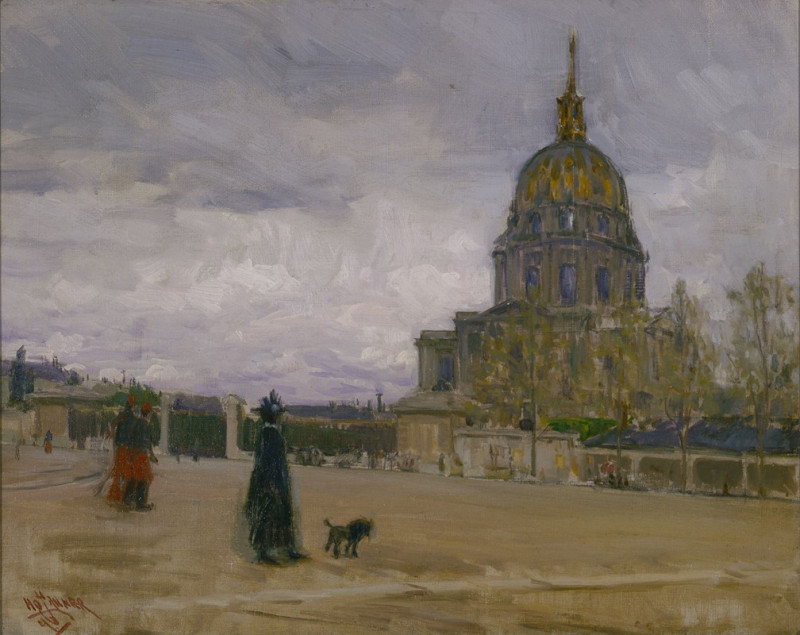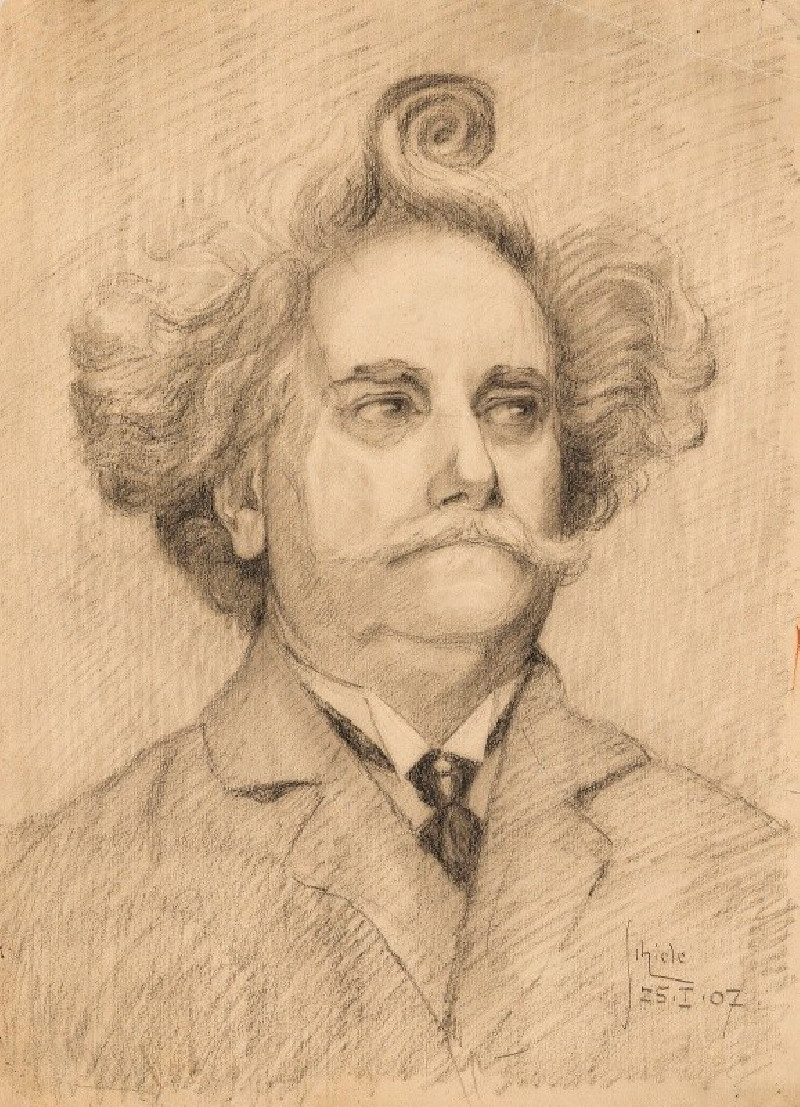Study Head of an Old Man with a White Beard (ca. 1617–20)
Technique: Giclée quality print
Recommended by our customers
More about this artwork
Anthony van Dyck, a seminal figure in the Baroque painting tradition, showcases his mastery of human expression and texture in the arresting portrayal titled "Study Head of an Old Man with a White Beard," created circa 1617–1620. This splendid artwork is not merely a depiction but a narrative conveyed through the visage of an elderly man.The painting presents the bust of an older man, his head slightly tilted in a thoughtful, perhaps introspective pose. His gaze is diverted away from the viewer, lending an air of mystery and contemplation. The highlight of the painting is undoubtedly the remarkably detailed white beard that flows majestically, reflecting nuances of light and shadow that give it a nearly tangible quality. Van Dyck's delicate brushwork is evident in the soft, wispy texture of the beard, contrasted sharply by the man's wrinkled, lived-in skin and deep-set eyes that hint at a lifetime of experiences.Dressed modestly in dark clothing, the focus is kept intently on the man's expression and the intricate detailing of his facial features. The background, muted and nondescript, ensures that the viewer's attention remains unswerved on the subject."Study Head of an Old Man with a White Beard" exemplifies Van Dyck's exceptional ability to capture human emotion and character. This painting is not just a study of age but a profound look into the soul of a person, beautifully immortalized through Van Dyck’s empathetic and skilled portrayal.
Delivery
Returns
Sir Anthony van Dyck (1599 – 1641) was a Flemish Baroque artist who became the leading court painter in England after success in the Spanish Netherlands and Italy.
The seventh child of Frans van Dyck, a wealthy Antwerp silk merchant, Anthony painted from an early age. He was successful as an independent painter in his late teens, and became a master in the Antwerp guild in 1618. By this time he was working in the studio of the leading northern painter of the day, Peter Paul Rubens, who became a major influence on his work.

